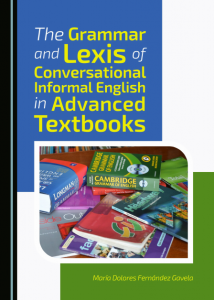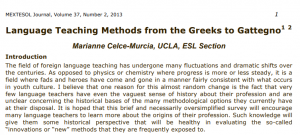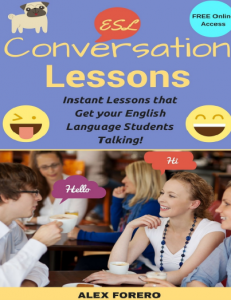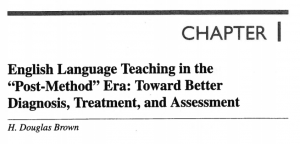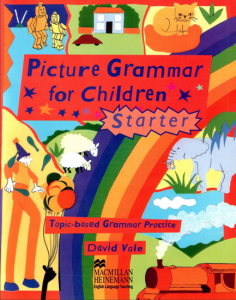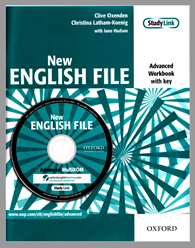PDF #156 – Building a shared world: Mapping distributional to model-theoretic semantic spaces
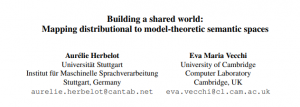
In this paper, we introduce an approach to automatically map a standard distributional semantic space onto a set-theoretic model. We predict that there is a functional relationship between distributional information and vectoral concept representations in which dimensions are predicates and weights are generalized quantifiers.
In order to test our prediction, we learn a model of such relationship over a publicly available dataset of feature norms annotated with natural language quantifiers. Our initial experimental results show that, at least for domain-specific data, we can indeed map between formalisms, and generate high-quality vector representations which encapsulate set overlap information. We further investigate the generation of natural language quantifiers from such vectors.
In recent years, the complementarity of distributional and formal semantics has become increasingly evident. While distributional semantics (Turney and Pantel, 2010; Clark, 2012; Erk, 2012) has proved very successful in modelling lexical effects such as graded similarity and polysemy, it clearly has difficulties accounting for logical phenomena which are well covered by model-theoretic semantics (Grefenstette, 2013).
A number of proposals have emerged from these considerations, suggesting that an overarching semantics integrating both distributional and formal aspects would be desirable (Coecke et al., 2011; Bernardi et al., 2013; Grefenstette, 2013; Baroni et al., 2014a; Garrette et al., 2013; Beltagy et al., 2013; Lewis and Steedman, 2013). We will use the term ‘Formal Distributional Semantics’ (FDS) to refer to such proposals. This paper follows this line of work, focusing on one central question: the formalization of the systematic dependencies between lexical and set-theoretic levels
After reading “Model-Theoretic Semantic Spaces” you can check important issues for ESL teachers on the section PDFs, and visit my YouTube channel.


